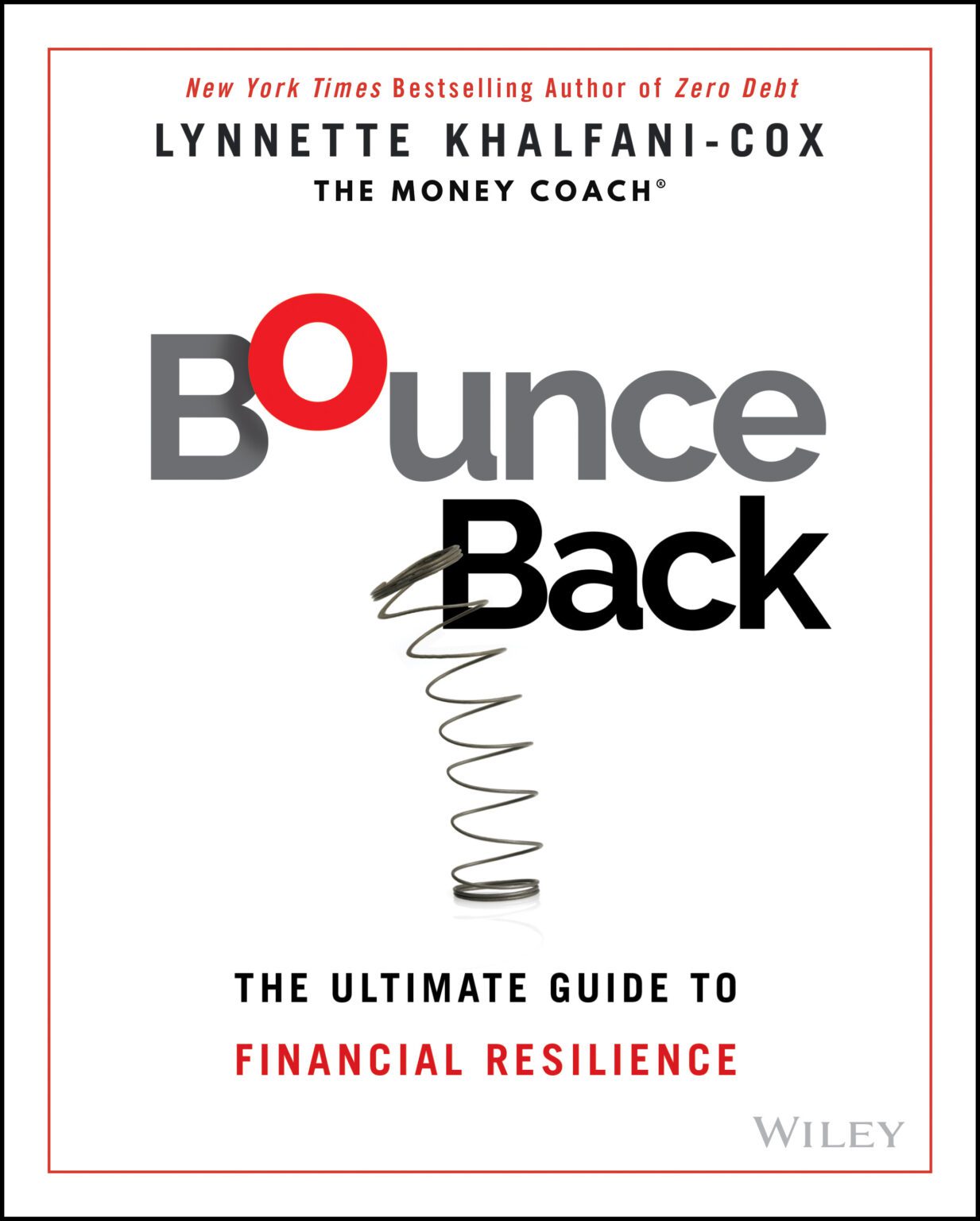Q: I have an interesting question from someone who wanted to know about the statute of limitation on an old credit card bill. This man wrote me saying, “I have a department store charged card bill. It’s from 12 years ago but it’s still on my credit. How do I go about getting it removed because I’m pretty sure it’s past the statute of limitations? Also what’s the first step I should take in order to improve my credit?”
A: Well, for starters, you’re absolutely right that this bill should be off your credit report.
As a matter of fact, I’m assuming that this old debt may have been charged off, may have went into collections, or otherwise some kind of a delinquent account. But under the law, under federal law, the Fair Reporting Act, to be specific, negative information such as a late payment or collection account can stay on your credit report for 7 years from the date of last activity.
So, the fact that you are saying that this was a charged card bill from 12 years ago, assuming that you didn’t make any other payments on it, then yes, it should be deleted from your credit files.
What you want to do is contact the credit bureaus directly and dispute this information on the basis of this being outdated information on your credit report. Remember the law says that information that is inaccurate or outdated must be removed within 30 days if you dispute it.
So you want to get online to the 3 credit bureaus – Equifax, TransUnion and Experian and go to each one of those and dispute that information. I’m pretty sure that that negative bill that still linger on your credit report will be taken off with the minimal amount of effort on your part.
You wanted to know about improving your credit score. And you said that you just have a couple of small things, debt, from years ago. Well, for those who may not be able to re-establish credit with traditional means – getting a traditional credit card or student loan, a home loan, a car loan.
Those are the ways in which you actually establish credit by borrowing. That’s the way the scoring system works in this country of ours. You actually borrow and you take on debt in order to prove that you are financially responsible and that you can and have the wherewithal and the willingness to pay it back.
If, however, you don’t want to go through the whole process of course of taking out a mortgage, getting a car loan, student loan, all those kinds of things to demonstrate your credit worthiness, you can also get a secured card to help re-establish your credit. With a secured card, you put up a certain amount of money as cash into an account. Let’s say $500. That $500 in turn becomes your credit limit.
You only want to open a secured card with a bank that reports those secured cards to the credit bureaus – to Equifax, TransUnion and Experian. Believe it or not, some credit cards, some secured credit cards, actually don’t report to the credit bureaus. And that’s not going to do you any good, frankly.
So, if you find a good bank out there with a reasonable amount of either fees or policies, and by fees, I mean, it should be a minimal, if there’s an annual fee, $50 or less. Preferably no fees whatsoever. But you certainly want to look for some entities that won’t make you jump through too many hoops in order to qualify to get that secured card.
But I have found, with a lot of people who are trying to bounce back after credit mistakes that re-establishing credit is made a lot easier when they do in fact get a secured card.
And then of course, you want to pay all your bills on time. That is perhaps the single best thing you can do to re-establish or to establish a credit rating. After all, 35% of your credit score, your FICO score is based on your payment track record. So try to pay all those bills on time even if you can only make the minimum payment. That will put you on good stead for the future.








